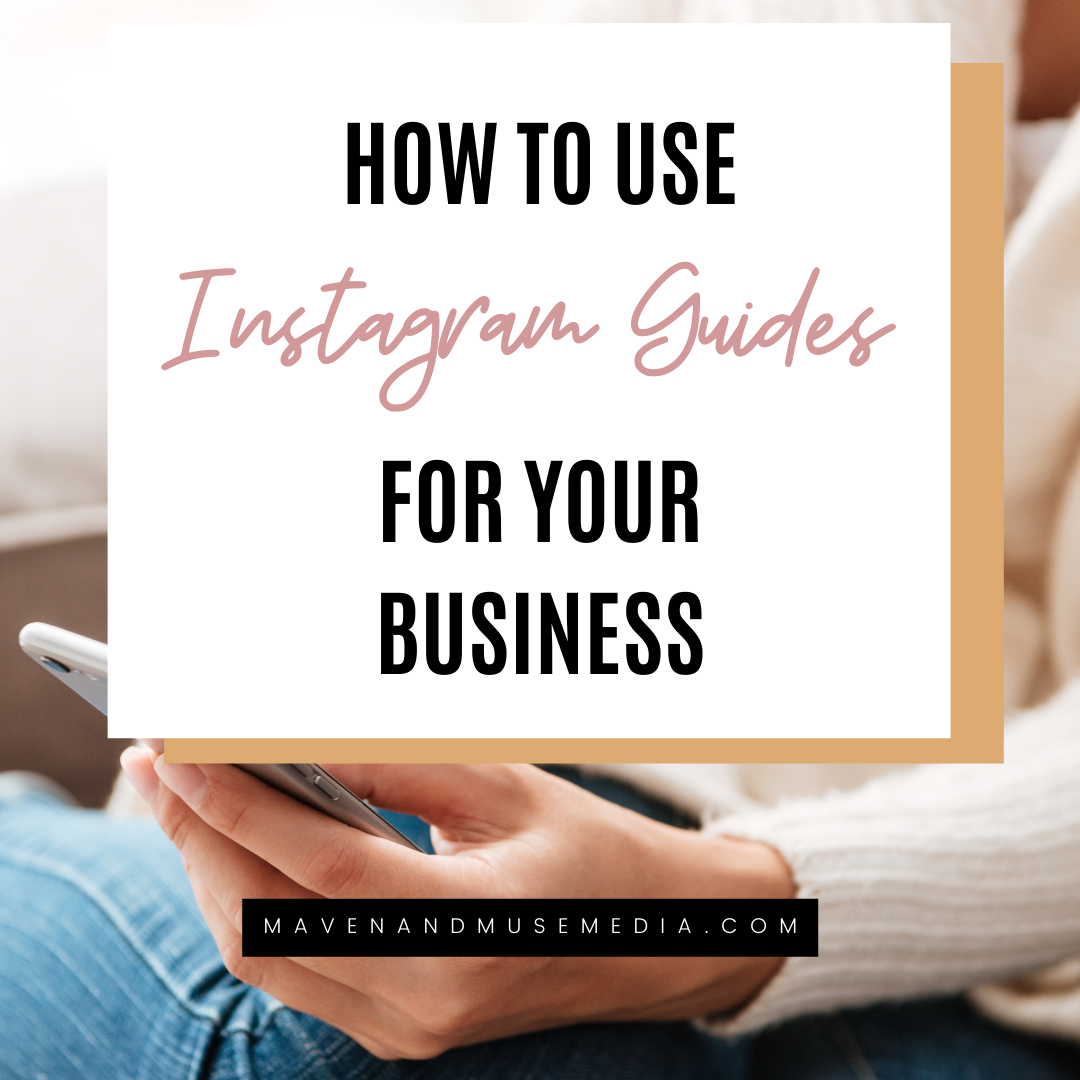Lately, on social media, no matter the platform, I keep seeing these posts to join in the engagement pods and follow loops. Instagram and LinkedIn, specifically, are where I've seen them come back into action the most. The first time I saw them, I wondered If I had traveled back to the glory days of the Instagram engagement pods of 2016. But then I had a professional in one of my networking groups talking about how they had just paid to join a follow and engagement pod on LinkedIn- paid!
So, let's discuss this 2017 concept that I thought was dead but has since risen from the ashes to come back and haunt us all again.
At the beginning of these loops, pods, whatever you want to call them, it was helpful because the algorithm didn't really pick up on and notice them too much. But here we are a bunch of years later; the algorithm has figured out they exist and squashes your organic reach without you really knowing about it.
Honestly, professionally and personally, I don't like any variation of this trend on every platform that it's being offered on because it's not effective. It's not doing what you want it to do, which I am assuming here is to get you more leads and book you more business.
When you participate in these pods, you will gain followers and engagement from the people who have joined the pod. But are the people in the pod your target client, or are they just more people who are desperate for engagement on their posts?
Because eventually, and proven, they will unfollow or, at some point, they will not interact.
Friends, please understand…
Bringing in new followers is easy—I can sense that you just rolled your eyes at me. And I'll get to how it's easy, but holding and keeping the attention of the community members that you already have is where the real games begin.
I'm going to ask you this question, and I know you'll huff and roll your eyes again, but when was the last time you engaged organically on a social media post? When was the last time you didn't quickly scroll through your feed, tap through your stories, and stop actually leaving a comment or even liking a post?
I see it so often: business owners want more engagement, but they aren't engaging themselves.
All healthy and functioning relationships require the work of the people involved. Yet you're asking for organic attention and validation while not reciprocating it to the members of your already existing community.
I challenge you to interact, comment, and like posts while scrolling for the next 7-10 days after you read this (because I know you are) and then see what happens to your organic engagement at the end of your experiment.
For the billionth time, if you've been here a while, your "follower count does not equal your sales count." How engaged you are with your community fuels your sales count.










